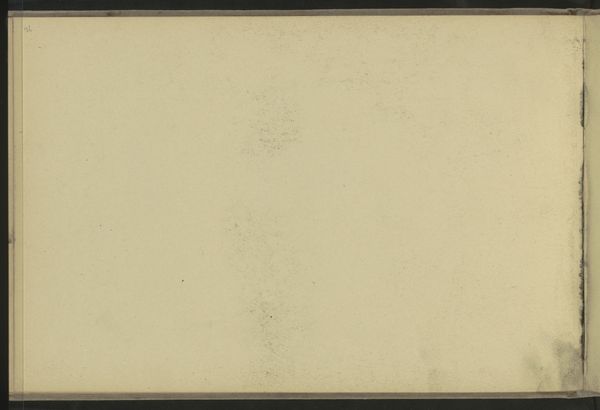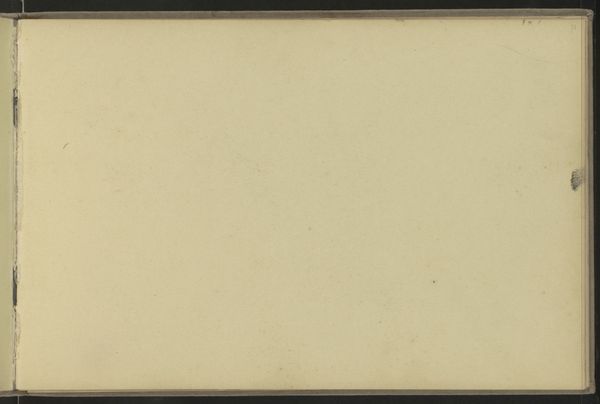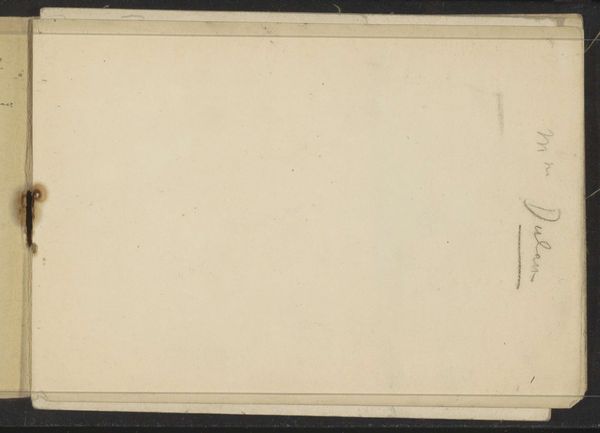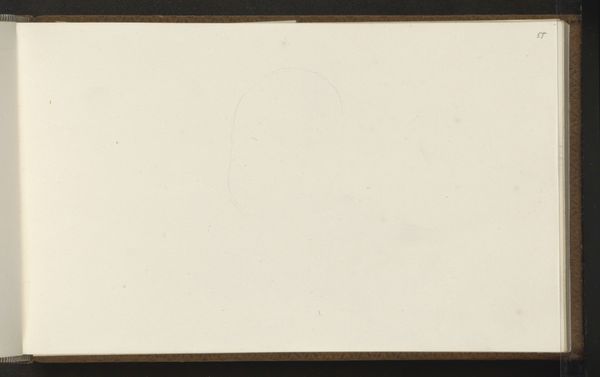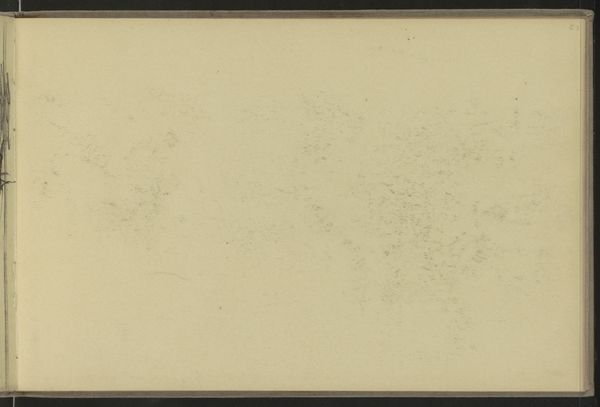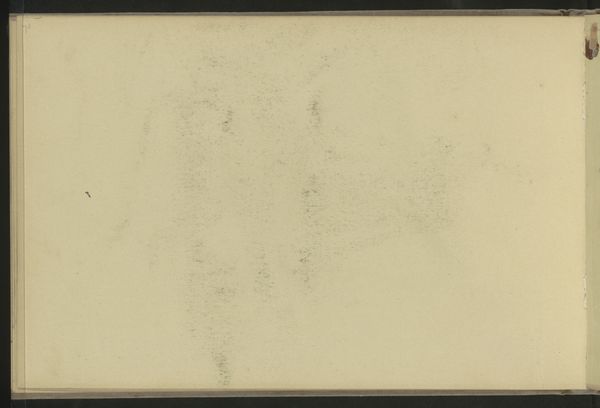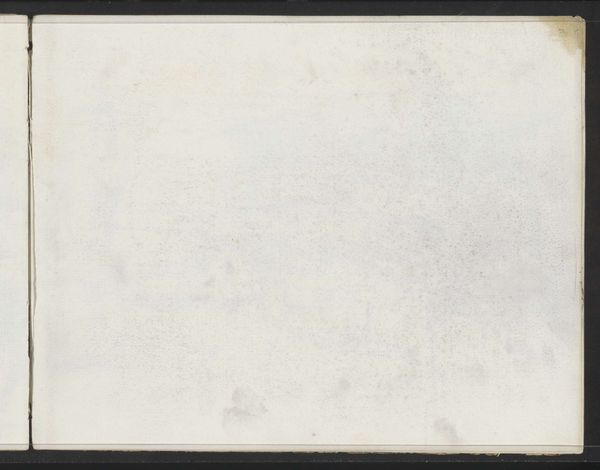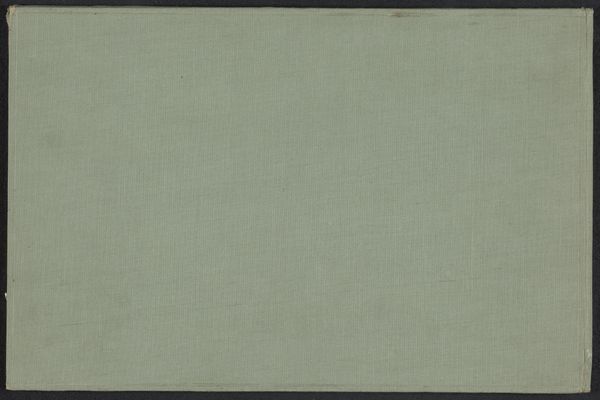
drawing, paper, ink
drawing
aged paper
toned paper
homemade paper
pale palette
ink paper printed
light coloured
hand drawn type
paper texture
paper
personal sketchbook
ink
geometric
folded paper
abstraction
line
Copyright: Rijks Museum: Open Domain
This is 'Rechte lijnen' by Pierre Joseph Hubert Cuypers, and although undated, it gives us a glimpse into the rigid structures that underpinned much of 19th-century life. Cuypers, a towering figure in Dutch architecture, particularly of churches, here presents a series of straight lines. But what does it mean to make art out of straight lines? In an era defined by industrialization, these lines evoke the precision and control that shaped the built environment and, by extension, social life. We might consider the gendered aspect of this architectural aesthetic, one that valorized rationality, control, and order. While seemingly devoid of personal expression, Cuypers’s work hints at the larger forces at play in shaping individual and collective identities. What do these lines tell us about the artist’s worldview? How do they reflect the values of a society on the cusp of modernity? Perhaps this work asks us to consider the emotional impact of such rigid structures, and the spaces they create and constrain.
Comments
No comments
Be the first to comment and join the conversation on the ultimate creative platform.
